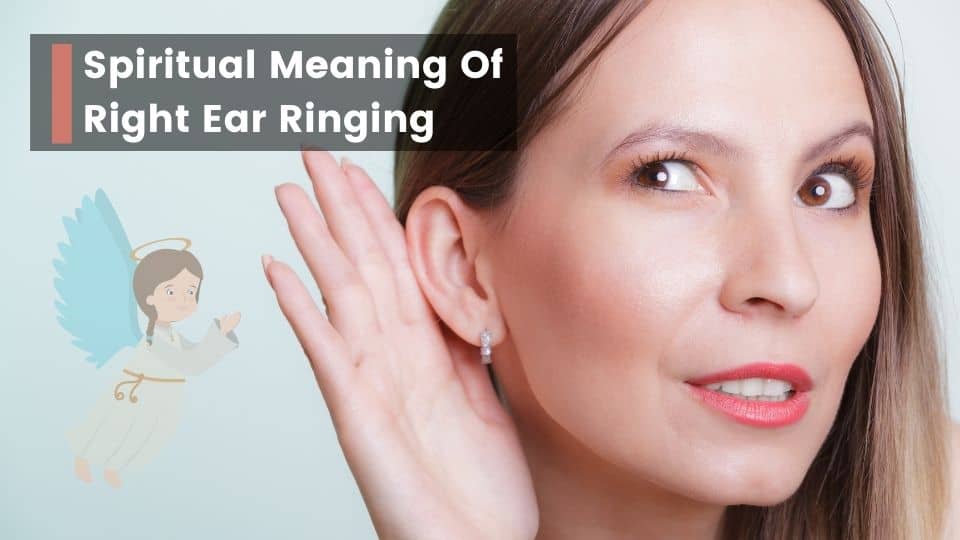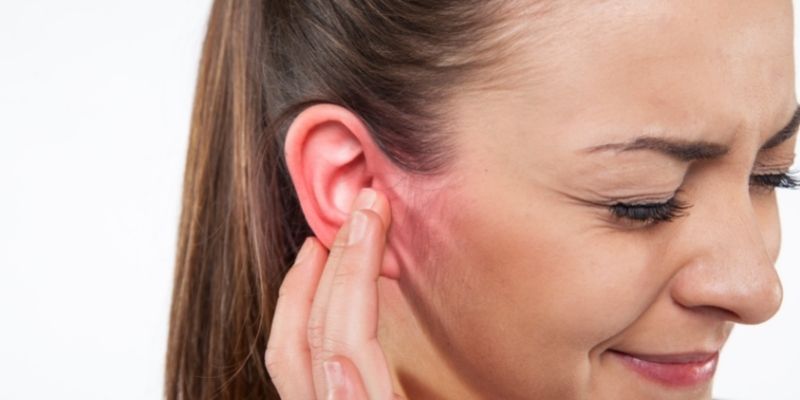


Mitral stenosis - the opening of the mitral valve is abnormally narrow, which impedes the passage of blood into the left ventricle.Some of the causes include congenital defects of the heart, rheumatic heart disease, infection (endocarditis) of the aortic valve, Marfan’s syndrome and hypertension. Aortic regurgitation means the aortic valve doesn’t close properly, allowing blood to backtrack into the ventricle. Aortic regurgitation - the aortic valve separates the aorta (main artery of the body) from the left ventricle.Some of the causes of mitral regurgitation include rheumatic heart disease, infection (endocarditis) of the mitral valve, hypertension (high blood pressure) and congenital defects of the heart. Mitral regurgitation means the mitral valve doesn’t close properly, allowing blood to backtrack into the atrium. Mitral regurgitation - the mitral valve separates the left atrium from the left ventricle.

The passage of blood inside the heart or vessels may be blocked, or the blood travels abnormally through the heart valves, or the heart itself may be underdeveloped.
#Heartbeat in ear spiritual meaning skin#
Cyanosis (blue tinge to the skin caused by lack of oxygen).The presence of heart disease may be suggested by: Commonly, they are innocent and are only detected during a routine medical examination.Ībnormal heart murmurs may be associated with various types of heart disease, particularly those affecting the heart valves. Heart murmurs are themselves often asymptomatic (have no symptoms). However, medical tests are often needed to distinguish between a harmful heart murmur and an innocent one, as they can sound the same through a stethoscope. Many children have ‘innocent’ heart murmurs that don’t require any treatment or observation. A ‘noisy’ heart isn’t always a sign of disease or malfunction. The cause of the whooshing sound is the vibration of blood as it moves through the heart, which is normally undetectable by stethoscope.īlood can flow abnormally through the heart for many reasons including defective valves, congenital heart disorders and anaemia. Instead of ‘lub-dub’, the heartbeat may have an added sound like a hum, a whoosh or a rasp. A heart murmur is a sound caused by blood flow within the heart. The familiar ‘lub-dub’ sound of the heartbeat is caused by the rhythmic closing of the heart valves as blood is pumped in and out of the chambers.


 0 kommentar(er)
0 kommentar(er)
